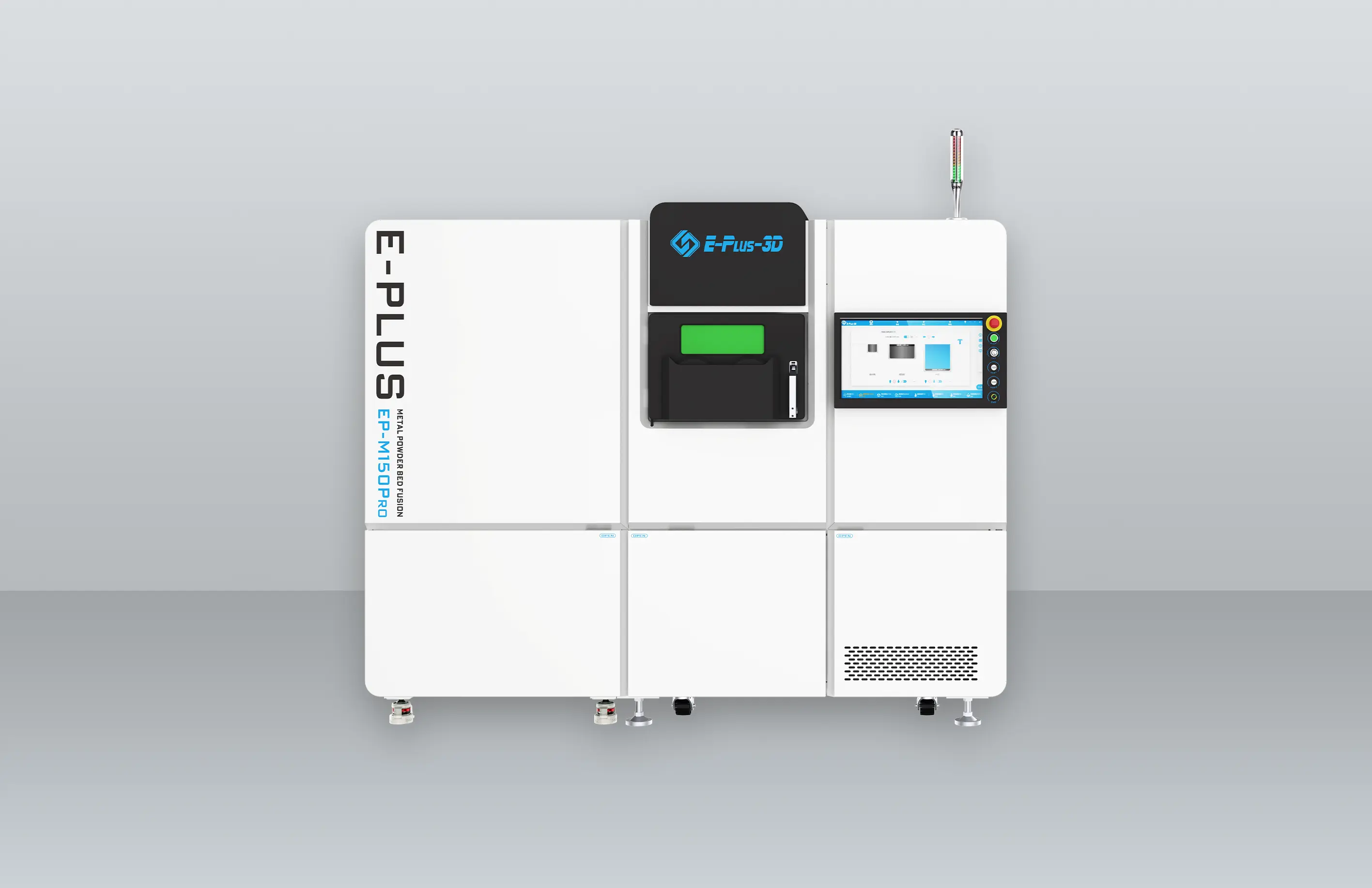Brief Introduction
Additive manufacturing or 3D printing is the process of creating 3D objects or products layer by layer using 3D digital models. 3D printing is the opposite of traditional manufacturing processes (such as machining), which start with blocks of material and scrape away unwanted materials. 3D printing can also start from a blank platform. If necessary, materials can be added on the blank platform in a controlled manner until the final part is manufactured. You can use 3D CAD software to create a 3D model from scratch, or you can use laser scanning for reverse engineering to create a 3D model.

The advantages of 3D printing in the aerospace industry
The aerospace industry is one of the few industries where component weight really matters. The industry is always looking for stronger, lighter and more durable components. Today's 3D printing technology creates new possibilities for meeting these challenges. By eliminating the constraints associated with traditional manufacturing processes, which are inherently time-consuming and limited by the choice of raw materials, lamination provides the potential for many design-related improvements on aircraft. For commercial airliners, even a slight reduction in weight can have a significant positive impact on costs. For defense aircraft and spacecraft, stronger, lighter components provide better payloads. And, of course, for all types of aircraft, the lighter the components, the faster the speed and the higher the fuel efficiency.

i. Weight Reduction
Let's talk about numbers. A330-class airliners usually consume about 0.035 liters/seat/km, 261 seats and 233 tons of take-off weight. It is assumed that the average total weight is about 200 tons, and the aircraft flies in the range of 200-800 km/day at a speed of 25-250 days/year. Therefore, the total flight kilometers for the life of an aircraft is estimated to be 100 million kilometers. Adding the above fuel consumption and passenger utilization, the total fuel consumption is 1 billion liters of jet fuel, or about 5,000 liters per kilogram of flying mass.

i. Aircraft design improvements
Another benefit that 3D printing brings to the aerospace industry is improved aircraft design. As software for 3D printing matures, engineers can optimize designs that specifically benefit from the additive manufacturing process. These improvements improve engine efficiency, reduce drag, reduce aircraft quality, and reduce aircraft life cycle costs.

i. Improve the supply chain
Developing and manufacturing an aircraft is a difficult task. Aircraft demand is characterized by long delivery times, long production schedules, and a production backlog that can last for years. With 3D printing, different components can be manufactured using different raw materials, improving manufacturing efficiency and shortening supply chain delivery times.

China's 3D printing and aerospace industry
India is gradually adopting 3D printing technology. China's aviation industry is expected to grow at an alarming rate. It will be the second or third largest company in the world in a year or so. Among the foreign manufacturers, Airbus, Lockheed and Boeing all operate in China. These companies are already using 3D printing. Chinese manufacturers have found that 3D printing significantly reduces prototype development time and costs compared to traditional manufacturing methods. With China's independence in the aerospace industry, the future outlook for 3D printing is bright.




























